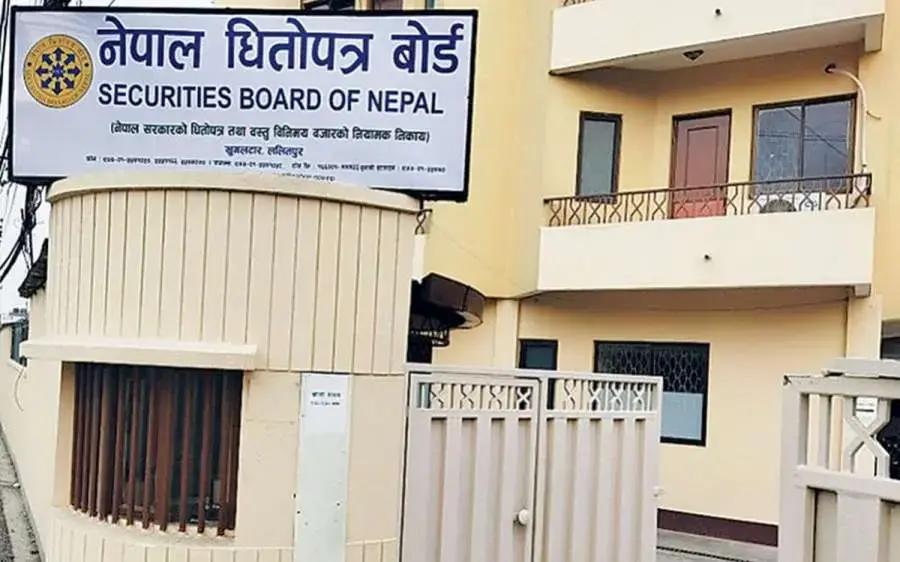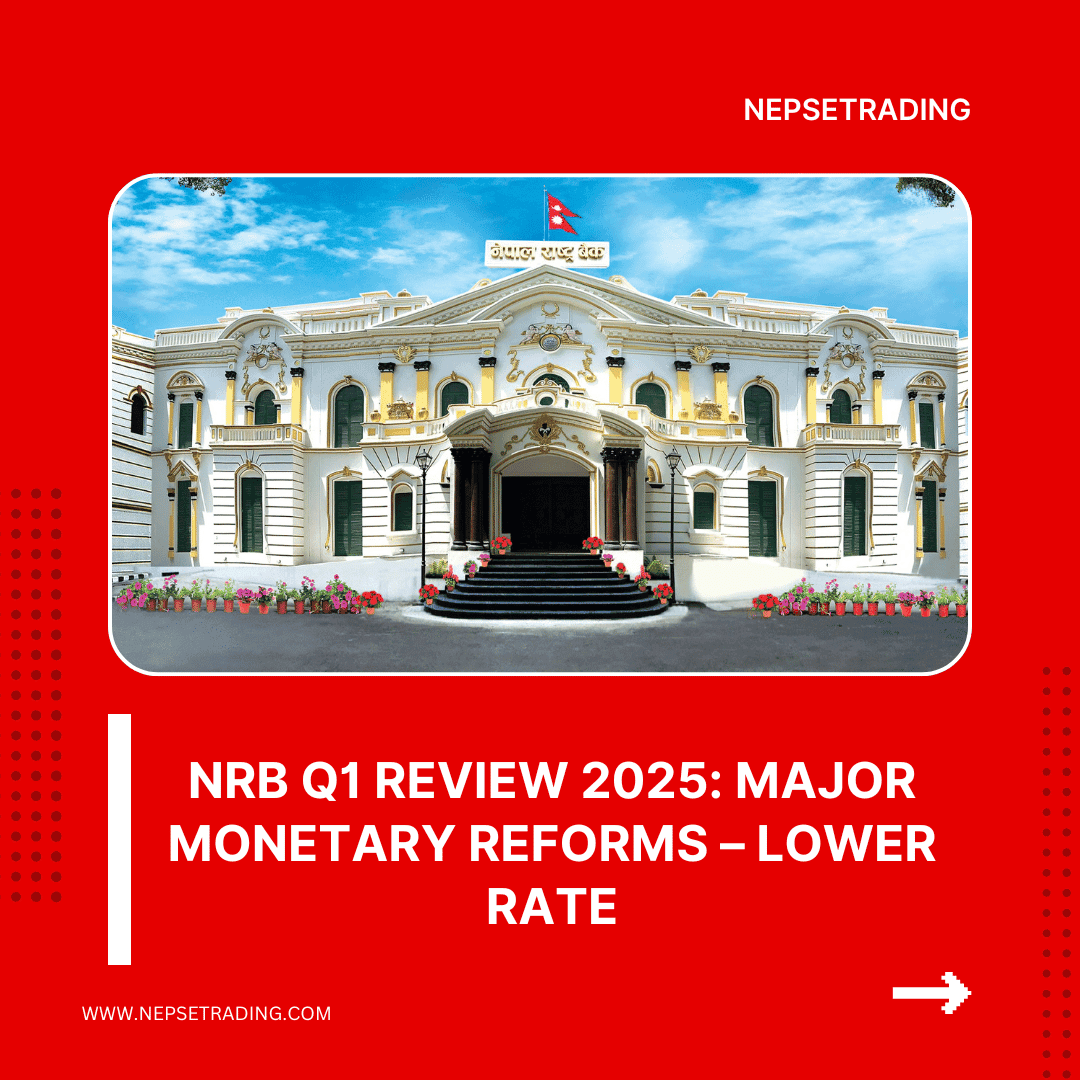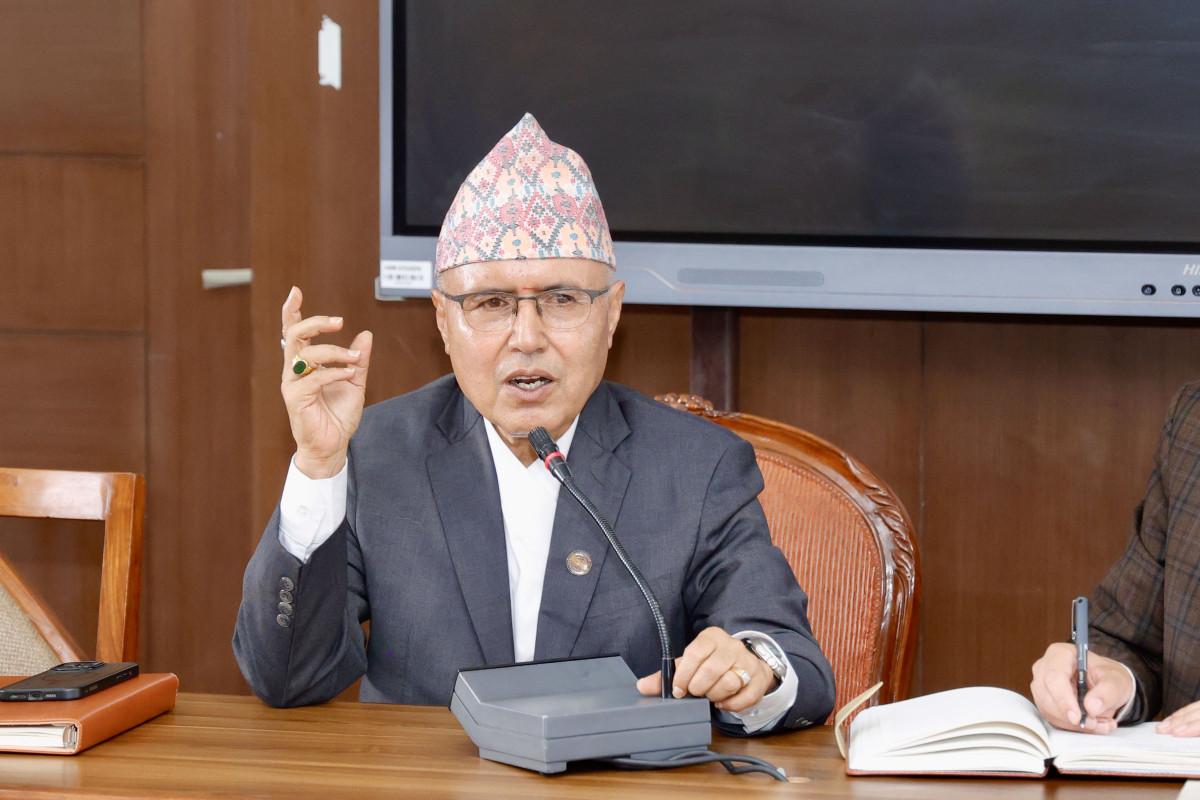By Dipesh Ghimire
Nepal’s Economic Reality Diverges from Government Rhetoric: Revenue Deficit and Debt Raise Concerns

Despite government claims of an improving economic landscape, data from Nepal's fiscal management and revenue performance paints a different picture. Public statements from ruling party leaders and ministers suggest that the country is on the path to economic recovery. However, this narrative is increasingly being challenged by economic observers, who point to poor internal indicators such as stagnant revenue collection, rising public debt, and poor budget execution as signs that the proclaimed recovery may be more political spin than economic reality.
Since assuming office, the current administration has continuously promoted the message that Nepal’s economy is stabilizing. Officials often cite improvements in foreign reserves, inflation control, and a narrowing trade deficit. While these indicators have indeed shown short-term gains, they do not fully represent the underlying health of the economy. Economic experts argue that internal structural issues—particularly those related to government income and expenditure—remain unresolved.
The most concerning aspect is the state of national revenue collection, a critical measure of economic health. A government that cannot meet its expenses through domestic revenue is structurally weak and vulnerable to fiscal crises.
For the fiscal year 2080/81 (2023/24), the Nepalese government originally targeted NPR 1.419 trillion in revenue collection. However, by mid-year, the Ministry of Finance had to revise this figure down to NPR 1.267 trillion due to poor performance. With just one month remaining in the fiscal year, the Office of the Financial Comptroller General reports that only NPR 1.015 trillion has been collected so far — that’s just 71.56% of the original target and 80.11% of the revised target.
To meet the revised goal, the government must collect NPR 252 billion in the final month, a feat that history suggests is highly unlikely. In previous years, monthly collections in Asar (the final month) have hovered around NPR 100 billion — making the current gap appear insurmountable.
This consistent shortfall exposes a significant gap between budget expectations and execution. It also indicates that the revenue targets were likely set without considering realistic economic conditions — a problem that has persisted for years.
What is more alarming is the increasing reliance on public debt, not for development but for repaying older loans. The current fiscal year’s budget documents reveal that out of NPR 600 billion in planned new borrowing, NPR 400 billion is allocated solely for debt servicing (repayment of principal and interest). This means two-thirds of the new loans are being used not to stimulate the economy, but to plug old financial holes — a textbook sign of a country entering a debt trap.
Such fiscal behavior is unsustainable. It reflects a government unable to generate sufficient income internally and resorting to borrowing, not for investment, but just to stay afloat. This weakens the economy in the long term and pushes future generations into deeper financial liabilities.
The audit report from the previous fiscal year (FY 2079/80) further strengthens the case against the government's narrative. Only NPR 1.082 trillion in revenue was collected then, far below the target. Yet, despite this underperformance, the government has not introduced any special corrective measures or reforms to improve tax collection or reduce leakages.
Instead, revenue targets continue to be set ambitiously each year, with little change in policy or strategy. There is a visible lack of political will to expand the tax base, improve compliance, or modernize the tax administration. Moreover, the low capital expenditure and slow project execution have further limited the economy’s ability to create jobs and stimulate productive activities.
For ordinary citizens, the claimed economic improvement remains invisible. Prices are high, jobs are scarce, and small businesses continue to struggle. The disconnect between government statements and the lived reality of the people is growing — and so is public distrust.
Economic recovery is not just about foreign reserves or reduced inflation; it must reflect in employment growth, private sector confidence, efficient public service delivery, and most importantly — strong, sustainable revenue generation.
Nepal’s economic challenges go beyond numbers. They are deeply rooted in institutional inefficiencies, unrealistic planning, and lack of implementation capacity. The government must acknowledge this and shift from rhetoric to reform. Real recovery demands:
A serious overhaul of revenue administration
Transparent and productive use of public debt
Strengthening budget discipline and spending efficiency
Realistic target setting with mechanisms for accountability
Without these, economic narratives will remain hollow — and Nepal’s financial stability will continue to weaken under the weight of promises not backed by performance.









